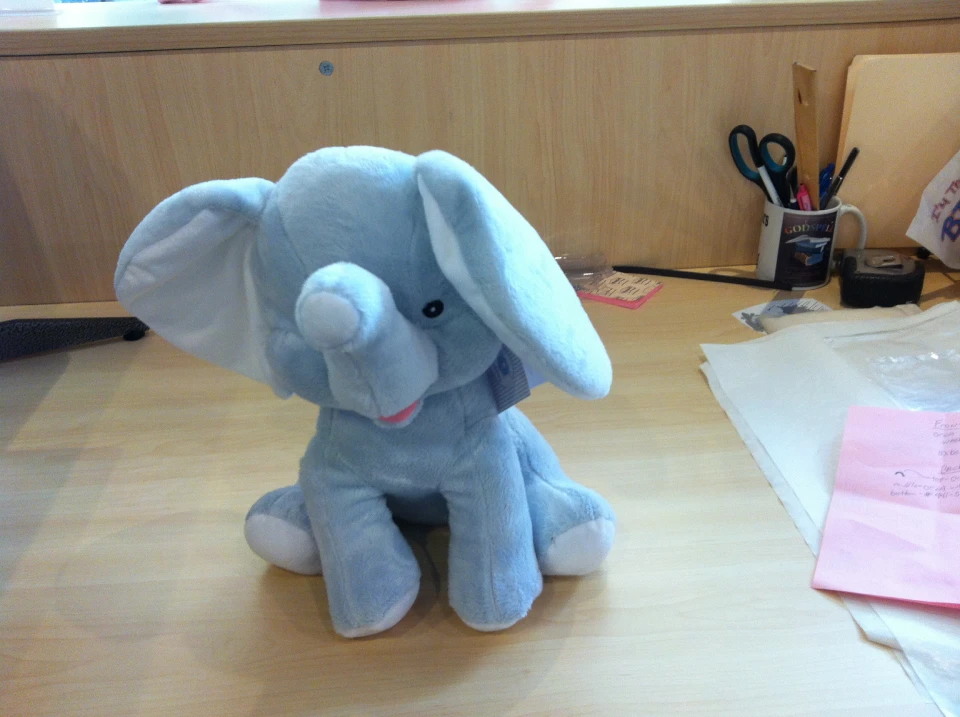The Art of Customized Embroidery: Unlocking the Tricks to Creating One-of-a-kind and Memorable Designs
Embroidery, a craft steeped in custom and creativity, holds within its intricate stitches the power to change fabric into a canvas of unique expression. The secrets to creating customized embroidery styles that mesmerize the eye and leave an enduring perception depend on a delicate balance of technique, imagination, and interest to detail. As we look into the world of custom embroidery, we uncover the nuanced interaction in between string choice, stitch complexity, and design personalization that boosts a plain garment to a masterpiece. Join us on a trip with the art of customized embroidery as we unravel the enigmas behind crafting really memorable and distinctive creations.
Picking the Right Embroidery Threads
When picking embroidery strings, what key elements should you take into consideration to guarantee the ideal results for your customized layouts? The selection of embroidery thread is vital in figuring out the last outcome of your embroidered style. Among the key considerations is the material of the thread. Various products such as cotton, polyester, rayon, and silk offer varying degrees of luster, resilience, and structure. It is vital to select a thread material that matches the material you are stitching on and straightens with the wanted appearance of the layout.
Furthermore, the weight or thickness of the string plays a significant role in the look of the needlework. Thicker strings can include measurement and structure to your style, while finer threads are optimal for complex information and little text. Additionally, considering the color fastness and washability of the thread is crucial to guarantee that your personalized layouts keep their high quality and vibrancy in time. By thoroughly assessing these factors and selecting high-quality strings that satisfy your particular needs, you can enhance the aesthetic charm and longevity of your stitched productions.
Exploring Various Stitch Techniques
To look into the world of 'Checking out Different Stitch Methods', one should realize the ins and outs and nuances that each sewing method gives the art of embroidery. Various stitch strategies not just include visual passion however additionally contribute to the total texture and measurement of the design. One prominent stitch strategy is the satin stitch, which involves very closely packed parallel stitches to develop a smooth and shiny surface, perfect for completing shapes and developing bold describes.
On the various other hand, the backstitch is a versatile method usually made use of for describing and adding great information. It involves stitching backwards to develop a strong line of embroidery. Additionally, the French knot stitch adds a responsive component to designs, ideal for creating textured accents like flower centers or attractive touches.
Checking out different stitch strategies permits embroiderers to play with light, shadow, and depth within their layouts, boosting the aesthetic appeal and artistic quality of their embroidery jobs. By mastering numerous sewing approaches, one can open endless opportunities for developing one-of-a-kind and memorable custom embroidery pieces.
Incorporating Personalized Design Elements
Having explored the intricacies of various stitch methods such as the satin stitch, backstitch, and French knot, the focus currently moves towards incorporating tailored style elements in personalized needlework projects. Individualized style elements play a crucial function in making needlework jobs truly one-of-a-kind and unforgettable.
Another method to incorporate tailored design components is by including icons or motifs that hold unique meaning to the recipient or reflect their passions and character. For example, integrating a favored flower, pet, or hobby-related symbol can make the needlework design a lot more purposeful and customized. Furthermore, picking colors that resonate with the recipient or line up with the desired theme can additionally improve the customization of the embroidery project.
Grasping the Art of Shade Control

One key element of shade sychronisation is recognizing color concept. This includes understanding just how different shades interact with each other, the feelings they convey, and just how they can be integrated to develop aesthetically attractive layouts. By applying color concept concepts, embroiderers can create harmonious shade palettes that Check Out Your URL enhance the general appearance of the style.
Additionally, taking notice of comparison is vital in shade coordination. Using contrasting shades can help specific components of the design pop, enhance clarity, and develop an aesthetically dynamic embroidery piece. By grasping the art of shade control, embroiderers can elevate their designs and produce unforgettable items that reverberate with customers and customers alike.
Enhancing Texture With Advanced Embroidery Stitches
French knots, for instance, are ideal for including tiny, raised dots to your design, imitating the appearance of grains or developing a distinctive surface area. Bullion knots, on the various other hand, can be used to produce twisted, ropelike components that include an extravagant feeling to the needlework. Seed sewing entails little, scattered stitches that can fill out locations with a speckled texture, while turkey work creates fluffy, dimensional accents reminiscent of animal hair or vegetation. Explore these advanced needlework stitches permits you about his to press the borders of typical needlework and develop genuinely special and aesthetically attractive structures in your styles.
Verdict
In verdict, the art of custom-made embroidery involves a mix of selecting the right strings, checking out different stitch techniques, including tailored style elements, grasping shade sychronisation, and enhancing appearance with sophisticated stitches. By understanding and applying these crucial elements, embroiderers can develop special and memorable styles that showcase their creative thinking and skill. Needlework lovers can unlock the secrets to developing attractive and custom pieces that attract attention and leave a long lasting impact.